Is Computer Science STEM – The Link Between the Two
STEM Education Guide
MARCH 8, 2023
It’s no secret that the exposure of students to science, technology, engineering, and mathematics (STEM) can positively impact the future of the world and their futures. However, one thing that’s often overlooked is computer science education, an incredibly essential subject and skill in today’s digital era.

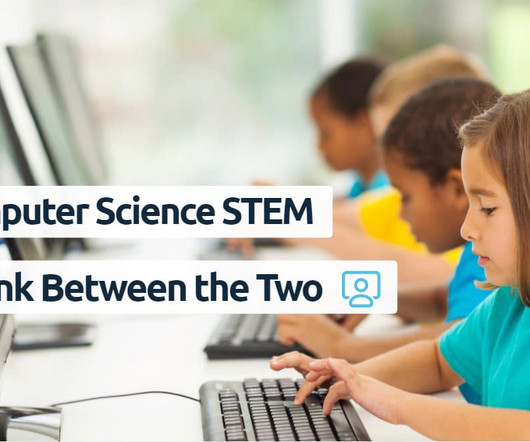

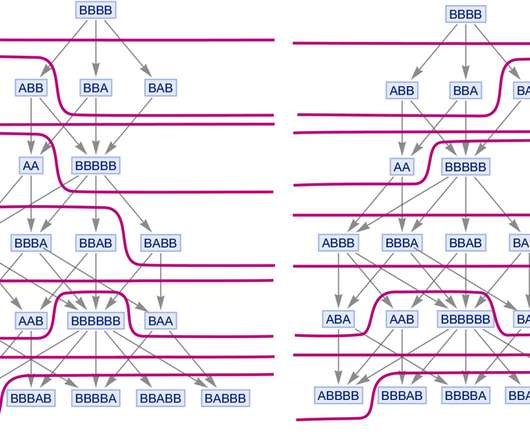
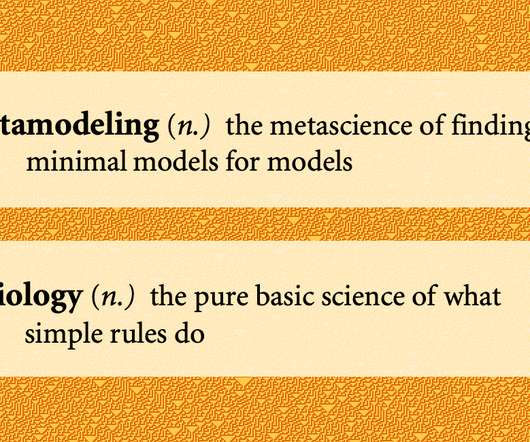

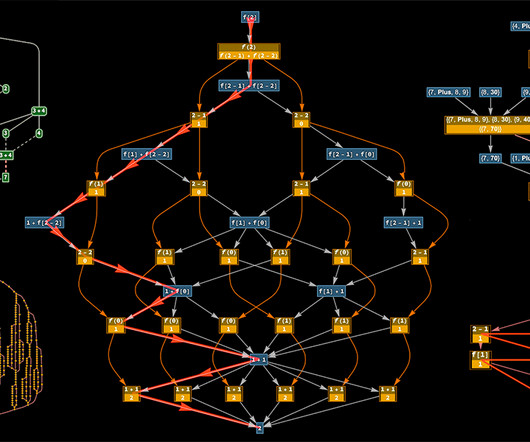
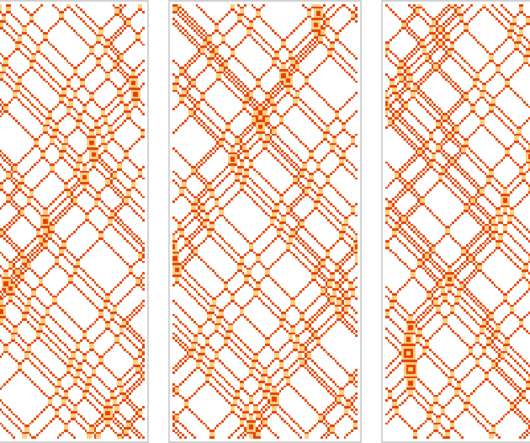







Let's personalize your content